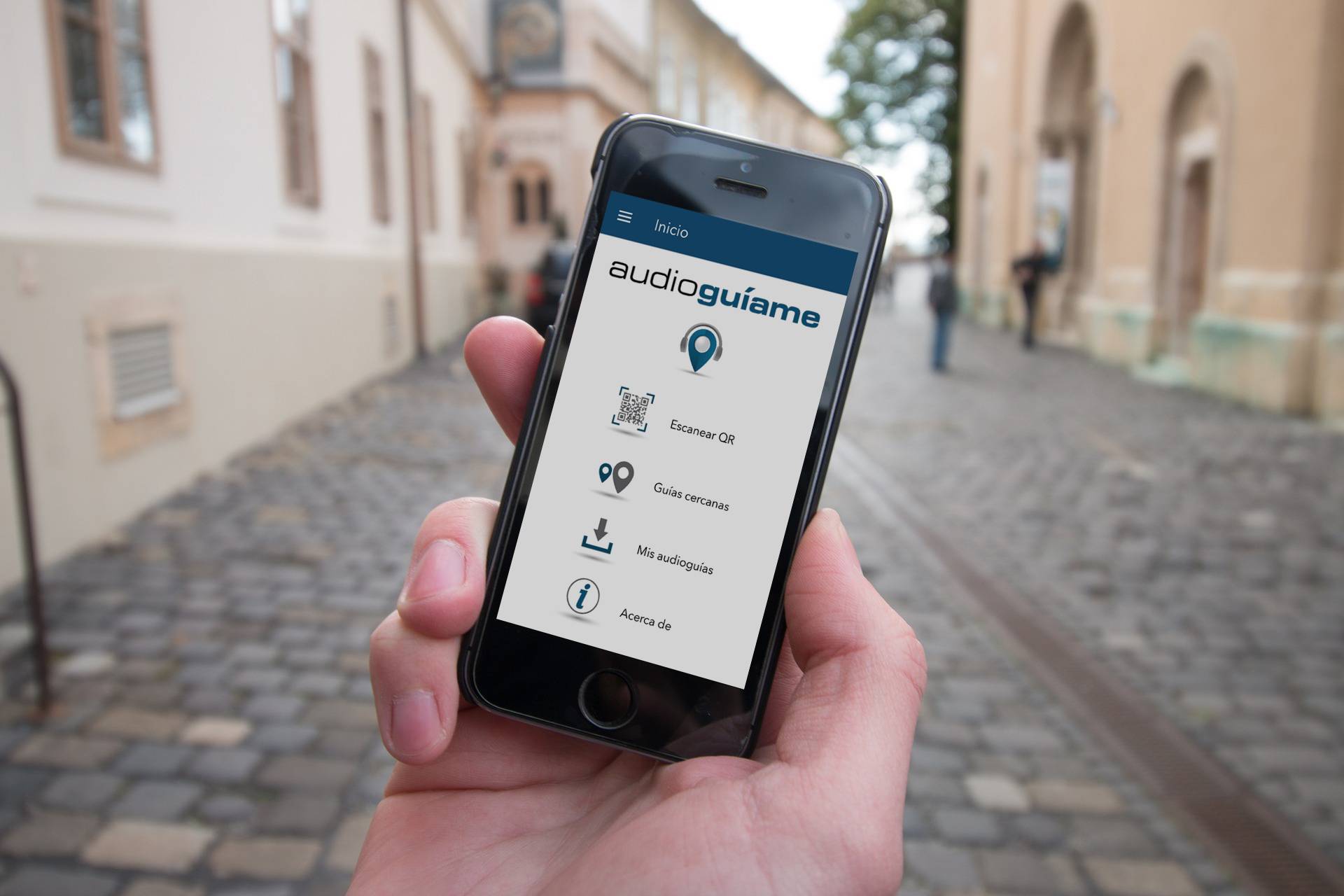
Lately the news of the phobia that tourists are generating in certain cities: indignant neighbors, prices by clouds, gentrification and collapse of spaces and services. Citizens see tourists as a horde of hale and hedonistic invaders, with no other objective than low cost consumption, disoriented walk and the invasion of public space. In short, a superficial tourism, use and throw, which leaves no trace on the tourist but in the city visited and its inhabitants.
It is likely that only a small part of the tourism that visits us is like this, and there is not much that can be done to redirect it, but it is also true that the vast majority of tourists, when planning a trip, want something more; another very different thing is that it is not easy for them to find it and, therefore, they have no choice but to continue doing what others do, thus feeding the vicious circle.
For a long time now, cities have opted for a decentralization of services, in order not to saturate historic centers or city centers. This bet has been a success, in some cities more than in others, and has contributed to the multidirectional flows of citizens, putting in value formerly depressed areas that have become attractive spaces with capacity to attract new residents, to the time that dignify existing ones. Something similar should be done with tourism, extending the radius of the area of interest to visitors and extending tourist routes, but not on the basis of a superficial movement, without interest or novelty, but offering significant visits that Make it worth the displacement.
On many occasions we have wondered why there are so many spaces, museums and routes of great interest scattered throughout our vast geography, with unique treasures to show and enriching experiences to offer, tourists, whether local, national or foreign, leave them behind. side or pass through them without pain or glory, without understanding much of what is offered there, and that if you have come to have the good fortune to know of them. Unfailingly our response has almost always been the same: the lack of an audio guide that would help us better understand what was shown there, that made the trip or the visit worthwhile … and this was the engine that impelled the birth of Audioguide
The causes can be many, of course, but in the vast majority we believe that the economic factor is recurrent, which makes it impossible for small peripheral centers to have the necessary tools (physical audioguides, promotion, etc.) to enhance their visibility for tourists and at the same time offer a guided tour of quality: that simple and crude. Is it possible that this was an insurmountable barrier for them in our times?
At Audioguíame we were clear that the answer was no, and that’s why we got down to work to contribute our little grain of sand in improving the quality of tourism, creating a platform that enhances visibility and allows any center, museum or monument, regardless of its size and budget, can create its own audioguide for mobile devices, with the highest quality and presence, and tell anyone the story of your place. We believe that in this way they will contribute to swelling the brain mass of the tourist and not mass-brainless tourism.
